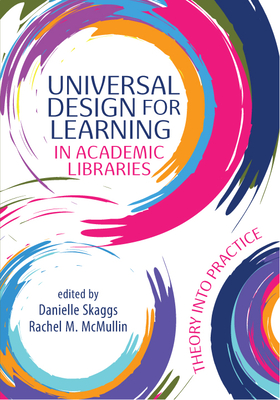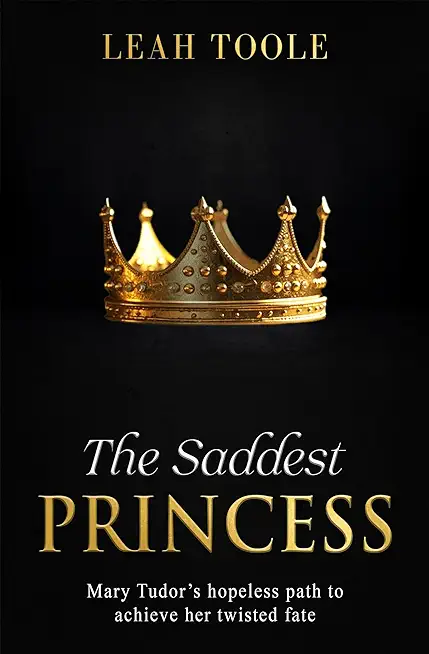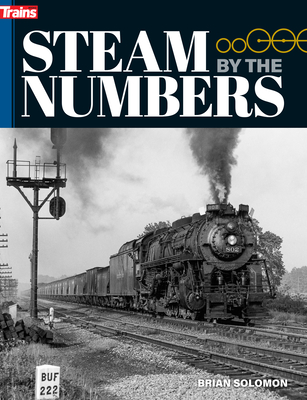
Skaggs, Danielle
product information
description
is an educational framework for improving and optimizing teaching and learning. It's focused on intentionally designing for the needs and abilities of all learners--putting accessibility into the planning stages instead of as an accommodation after the fact--and providing flexibility in the ways students access and engage with materials and learning objectives. In four parts, Universal Design for Learning in Academic Libraries: Theory into Practice explores UDL:
- Theory and Background
- In Instruction and Reference
- Behind the Scenes
- Beyond the Library
member goods
No member items were found under this heading.
Return Policy
All sales are final
Shipping
No special shipping considerations available.
Shipping fees determined at checkout.







